Thai cooking places emphasis on lightly prepared dishes with strong aromatic components and a spicy edge. Traditional Thai cuisine loosely falls into four categories: tom (boiled dishes), yam (spicy salads), tam (pounded foods), and gaeng (curries). Deep-fries, stir-fries and steamed dishes derive from Chinese cooking.
In 2017, seven Thai dishes appeared on a list of the “World’s 50 Best Foods”— an online poll of 35,000 people worldwide by CNN Travel. Thailand had more dishes on the list than any other country. Historical influences
Thai cuisine and the culinary traditions and cuisines of Thailand’s neighbors have mutually influenced one another over the course of many centuries.According to the Thai monk Venerable Buddhadasa Bhikku’s writing, ‘India’s Benevolence to Thailand’, Thai cuisine was influenced by Indian cuisine. Thai people learned how to use spices in their food in various ways from Indians. Thais also obtained the methods of making herbal medicines from the Indians. Many dishes that are now popular in Thailand were originally Chinese dishes. They were introduced to Thailand by the Hokkien people starting in the 15th century, and by the Teochew people who started settling in larger numbers from the late–18th century onward, mainly in the towns and cities, and now form the majority of Thai Chinese. Such dishes include chok (Thai: โจ๊ก), rice porridge; salapao (steamed buns); kualitio rat na (fried rice-noodles); and khao kha mu (stewed pork with rice). The Chinese also introduced the use of the wok for cooking, the technique of deep-frying and stir-frying dishes, several types of noodles, taochio (fermented bean paste), soy sauces, and tofu.[10]The cuisines of India and Persia, brought first by traders, and later settlers from these regions, with their use of dried spices, gave rise to Thai adaptations and dishes such as kaeng kari (yellow curry) and kaeng matsaman (massaman curry).
Western influences, starting in 1511 when the first diplomatic mission from the Portuguese arrived at the court of Ayutthaya, have created dishes such as foi thong, the Thai adaptation of the Portuguese fios de ovos, and sangkaya where coconut milk replaces cow’s milk in making a custard. These dishes were said to have been brought to Thailand in the 17th century by Maria Buyomar de Pinha, a woman of mixed Japanese-Portuguese-Bengali ancestry who was born in Ayutthaya and became the wife of Constantine Phaulkon, a Greek adviser to King Narai. The most notable influence from the West must be the introduction of the chili pepper chili from the Americas in the 16th or 17th century. It, and rice, are now two of the most important ingredients in Thai cuisine. During the Columbian Exchange, Portuguese and Spanish ships brought new foodstuffs from the Americas including tomatoes, corn, papaya, pea, eggplants, pineapple, pumpkins, cilantro, cashews, and peanuts. Regional variations.
Regional variations tend to correlate to neighboring states (often sharing the same cultural background and ethnicity on both sides of the border) as well as climate and geography. Northern Thai cuisine shares dishes with Shan State in Burma, northern Laos, and also with Yunnan Province in China, whereas the cuisine of Isan (northeastern Thailand) is similar to that of southern Laos, and is also influenced by Khmer cuisine from Cambodia to its south, and by Vietnamese cuisine to its east. Southern Thailand, with many dishes that contain liberal amounts of coconut milk and fresh turmeric, has that in common with Indian, Malaysian and Indonesian cuisine.
Thai cuisine is more accurately described as five regional cuisines, corresponding to the five main regions of Thailand:
Bangkok: cuisine of the Bangkok metropolitan area, with Teochew and Portugueseinfluences. In addition, as a capital city, Bangkok cuisine is sometimes influenced by more dedicated royal cuisine. Tastes and looks of food in Bangkok have changed somewhat over time as they have been influenced by other cuisines such as Asian, European, or Western countries.
Central Thailand: cuisine of the flat and wet central rice-growing plains, rice-growing plains, site of the Mon people before the arrival of Siamese in the area. Coconut milk is one of the major ingredients used in Central Thai cuisine.
Isan or Northeastern Thai: cuisine of the more arid Khorat Plateau, similar in culture to Laos and also influenced by Khmer cuisine. The best-known ingredient is probably pla ra (fermented fish).Northern Thailand: cuisine of the cooler valleys and forested mountains of the Thai highlands, once ruled by the former Lamma Kingdom and home of Lannaese, the majority of northern Thailand. This cuisine shares a lot of ingredients with Isan.
Southern Thailand: cuisine of the Kra Isthmus which is bordered on two sides by tropical seas, with its many islands and including the ethnic Malay, former Sultanate of Pattani, in the deep south. Some food base on Hainanese and Cantonese influence.
Royal cuisine: in addition to these regional cuisines, there is also Thai royal cuisine which can trace its history back to the cosmopolitan palace cuisine of the Ayuthaya kingdom (1351–1767 CE). Its refinement, cooking techniques, presentation, and use of ingredients were of great influence to the cuisine of the central Thai plains.
Thai meals typically consist of rice (Khao. in Thai) with many complementary dishes shared by all. The dishes are all served at the same time, including the soups, and it is also customary to provide more dishes than there are guests at a table. A Thai family meal would normally consist of rice with several dishes which should form a harmonious contrast of flavors and textures as well as preparation methods. Traditionally, a meal would have at least five elements: a dip or relish for raw or cooked vegetables (khrueang chim) is the most crucial component of any Thai meal.
In most Thai restaurants, diners will have access to a selection of Thai sauces (nam chim) and condiments, either brought to the table by wait staff or present at the table in small containers. These may include phrik nam pla/nam pla phrik (fish sauce, lime juice, chopped chilies, and garlic), dried chili flakes, sweet chili sauce, sliced chili peppers in rice vinegar, Sriracha sauce, and even sugar. With certain dishes, such as Khao kha mu(pork trotter stewed in soy sauce and served with rice), whole Thai peppers and raw garlic are served in addition to the sour chili sauce. Cucumber is sometimes eaten to cool the mouth with, particularly spicy dishes. They often feature as a garnish, especially with one-dish meals. The plain rice, sticky rice, or the khanom chin (Thai rice noodles) served alongside a spicy Thai curry or stir fry, tends to counteract the spiciness.
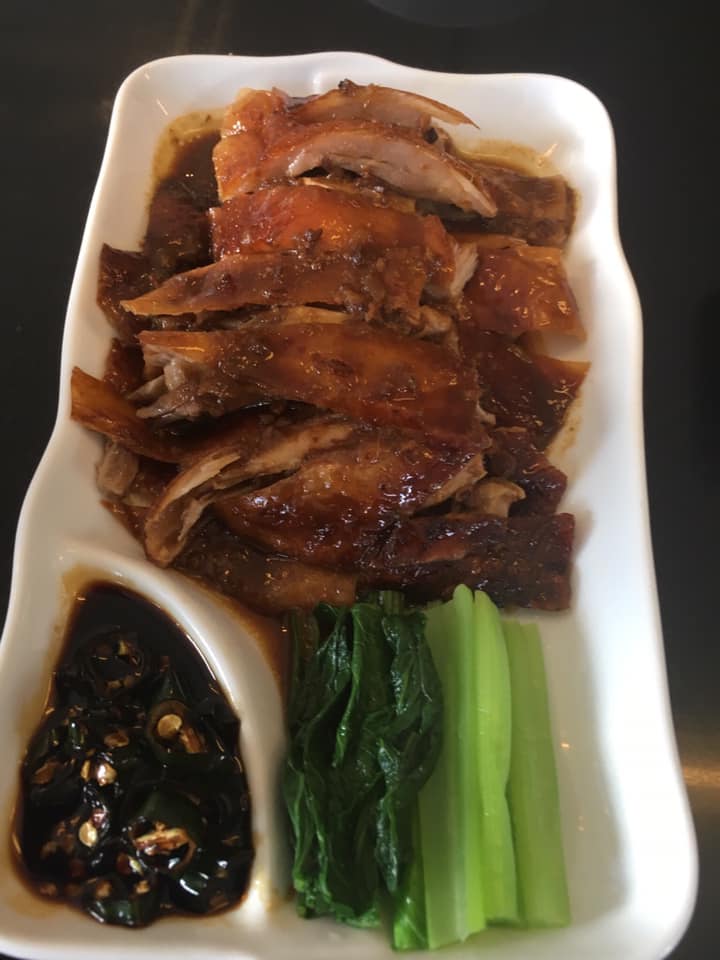
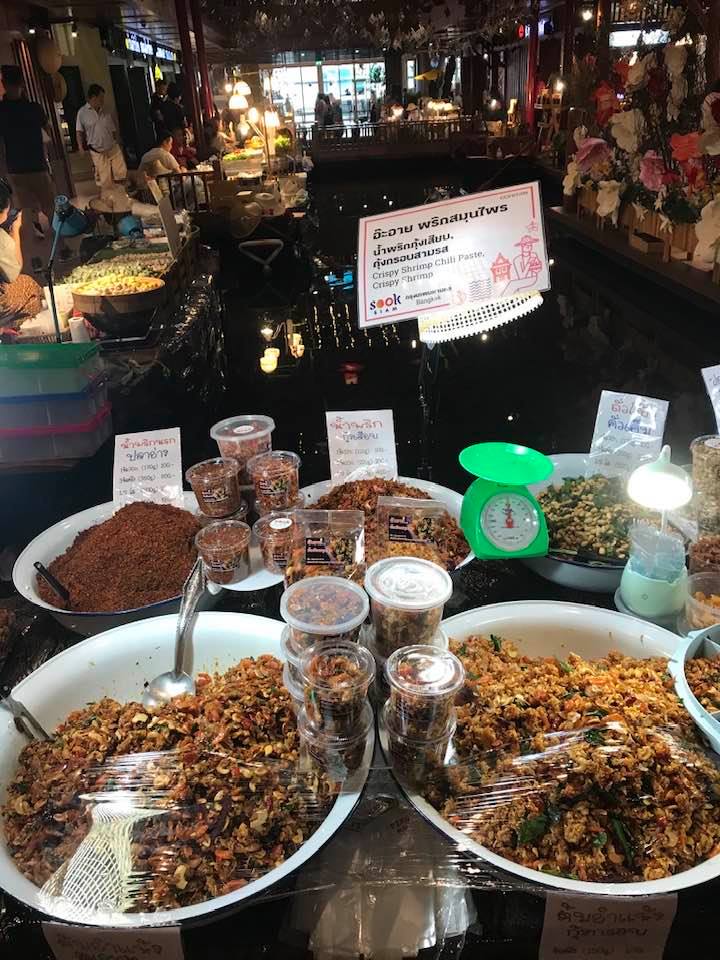
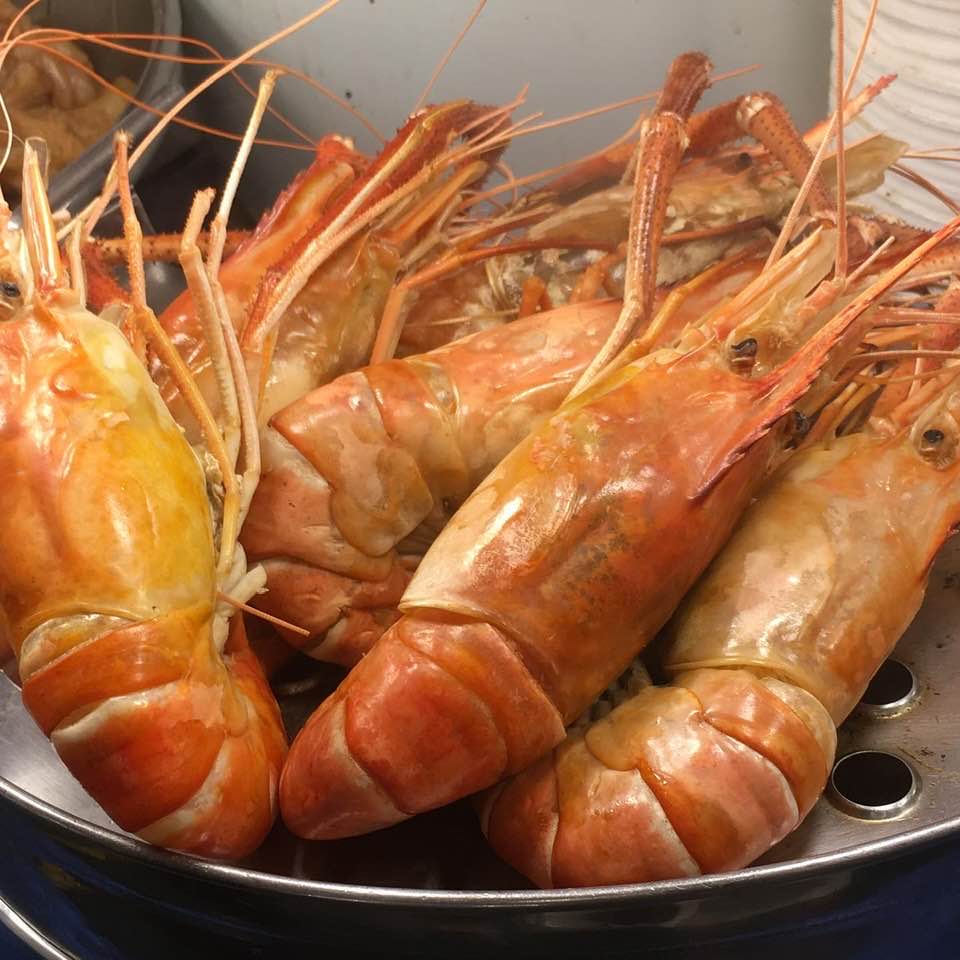
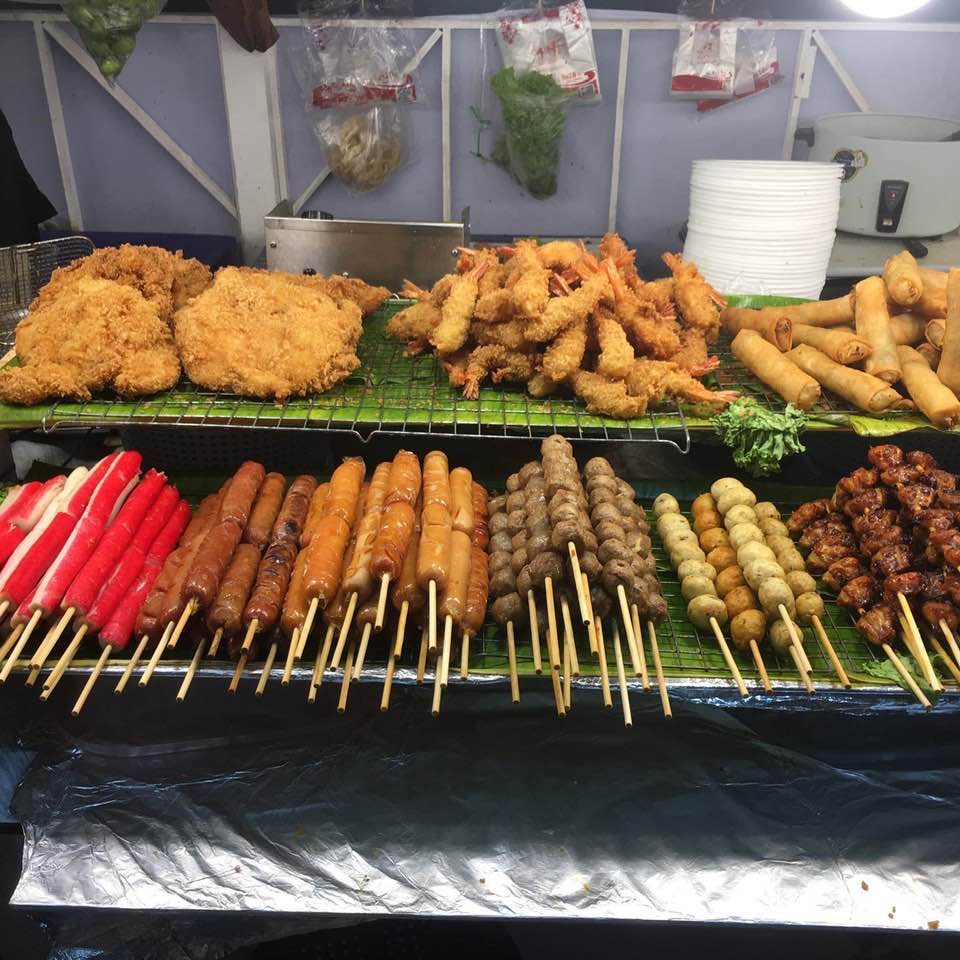
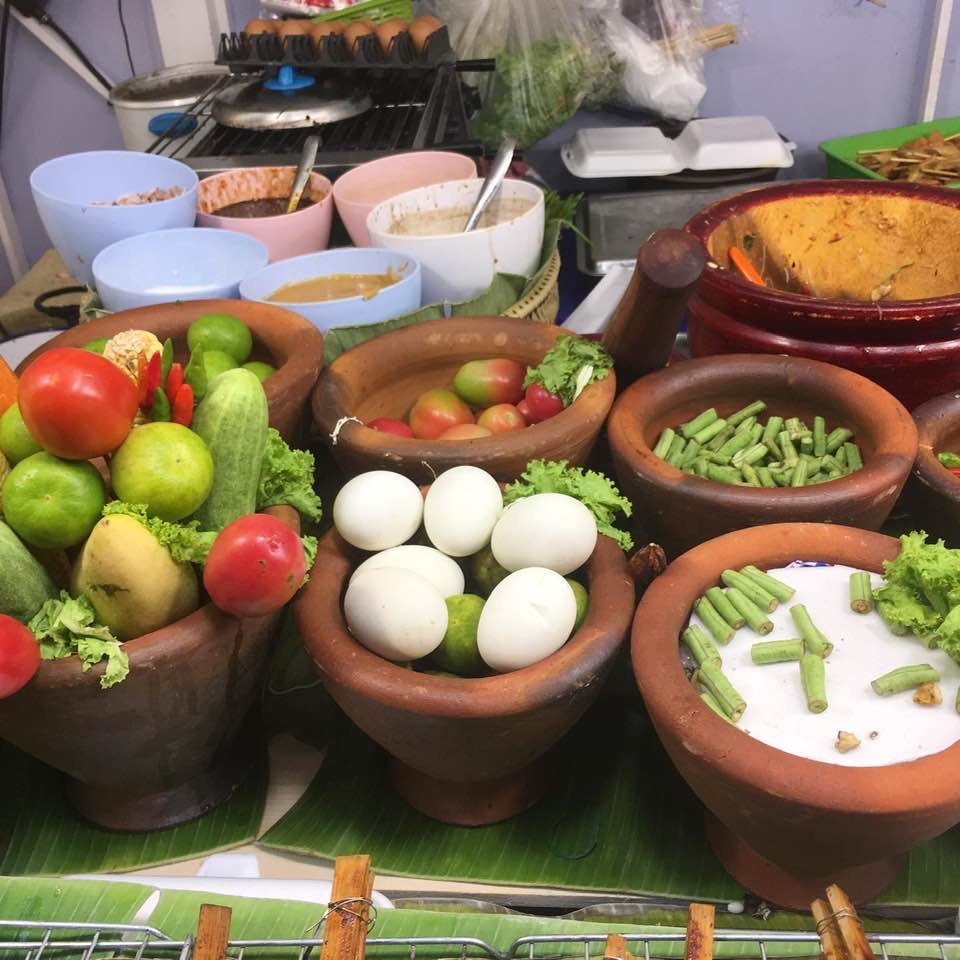
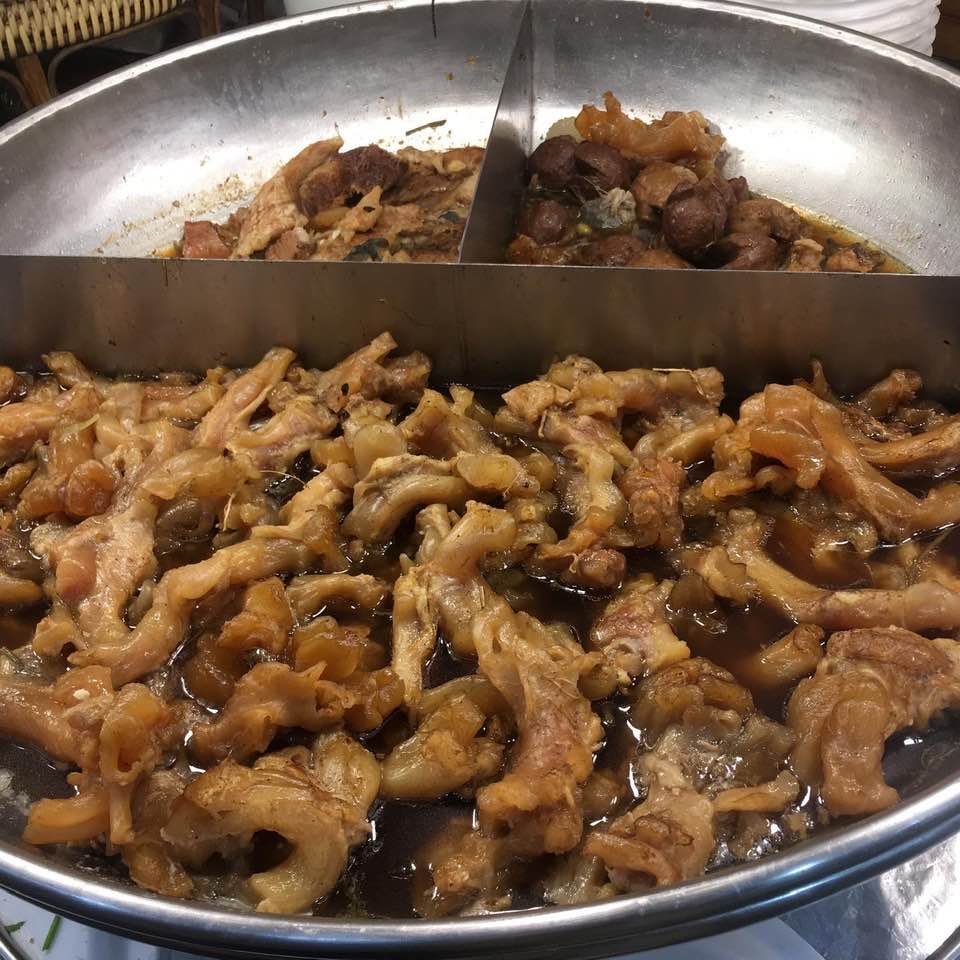
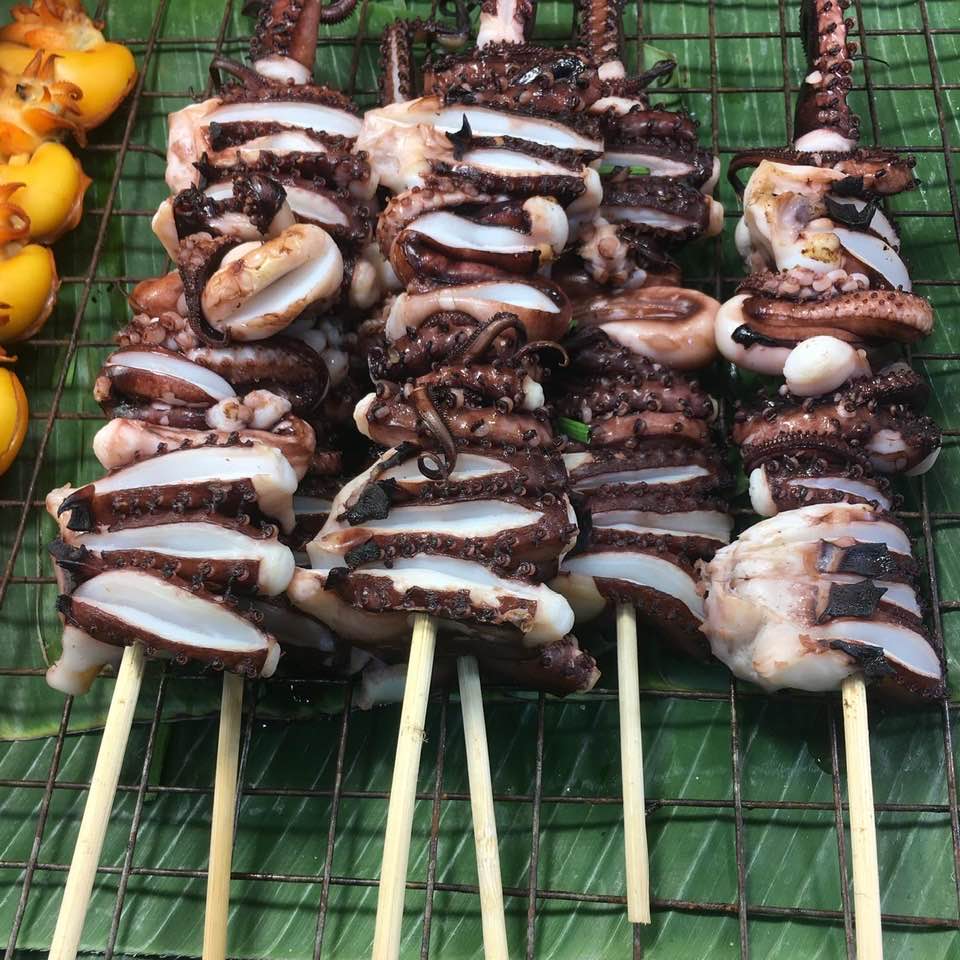
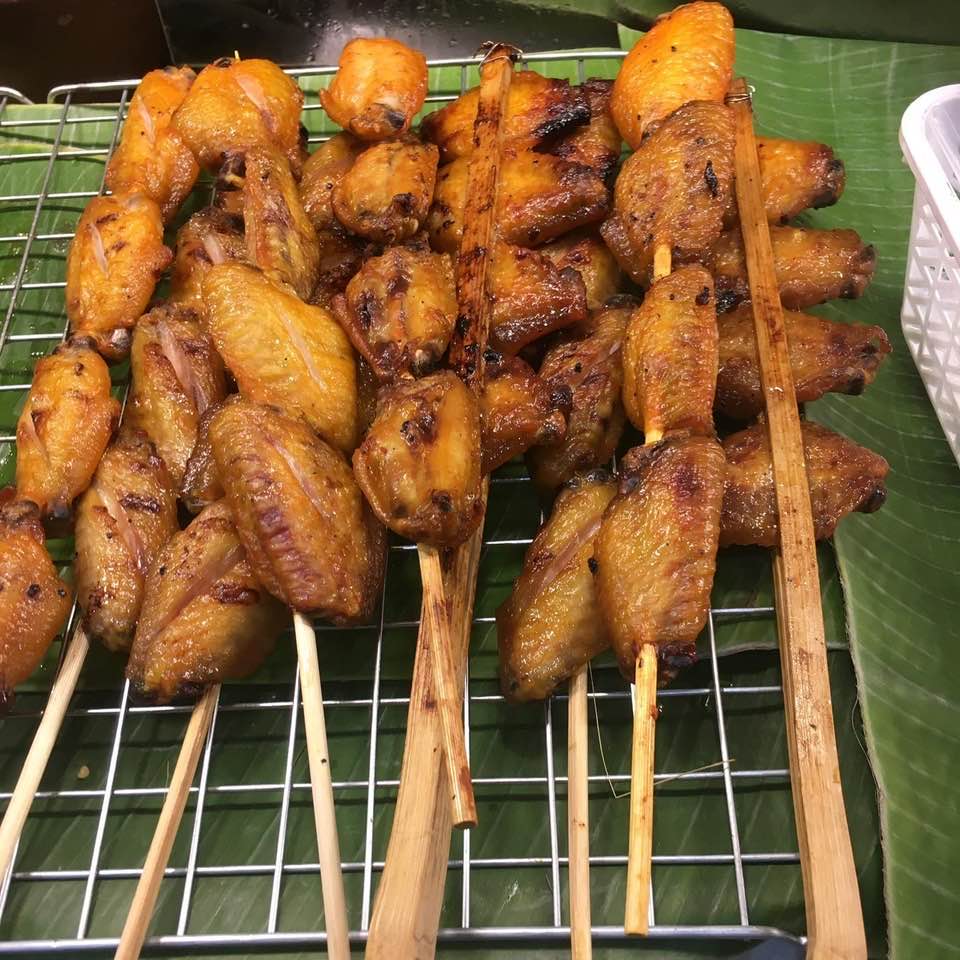


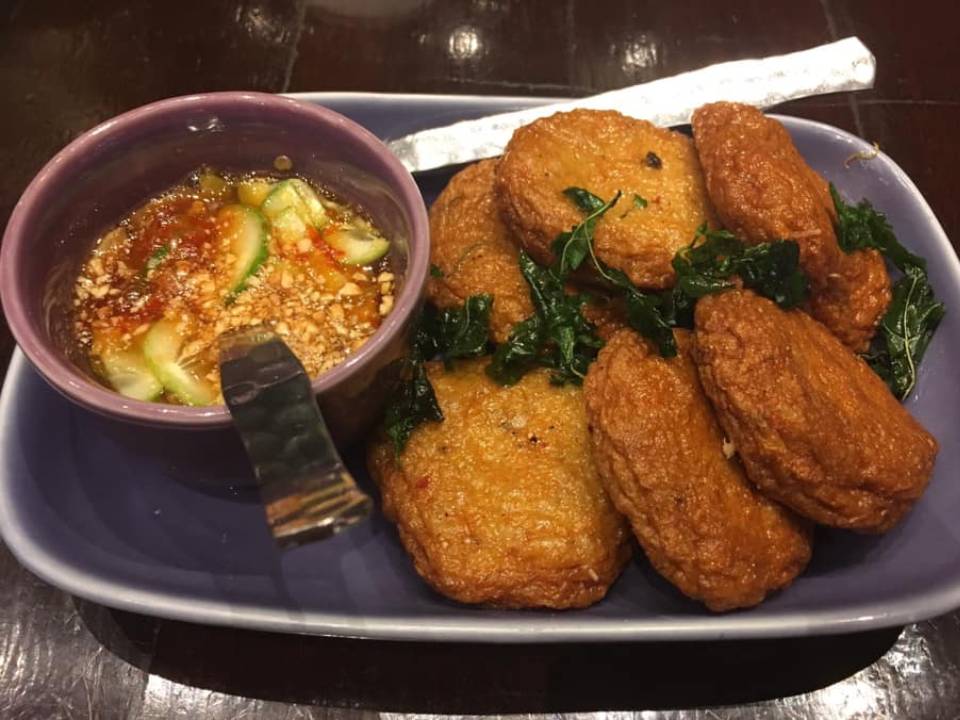
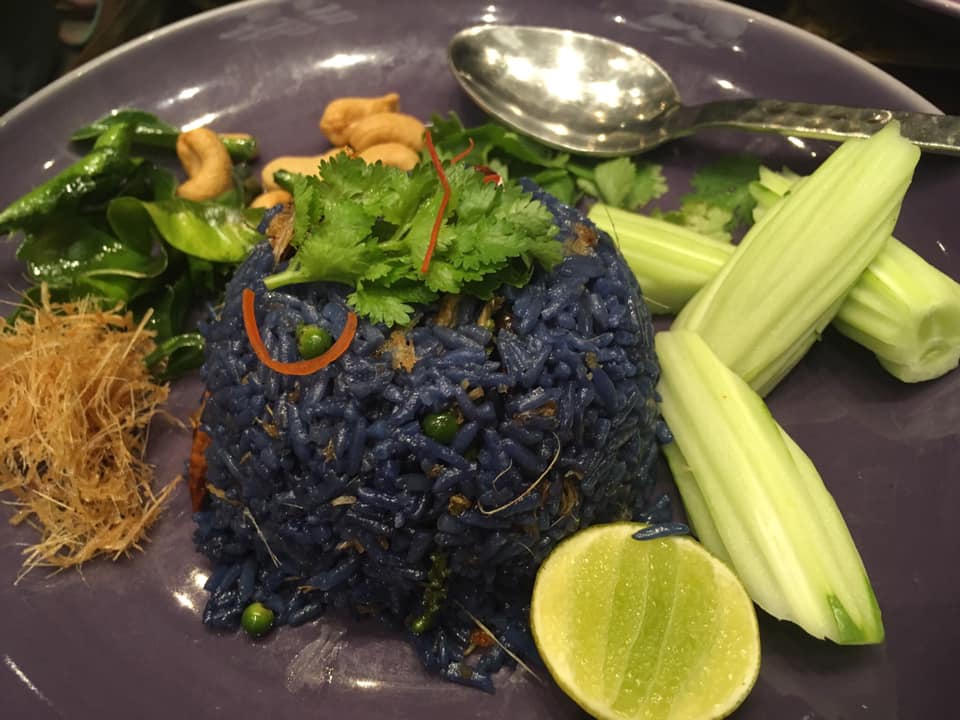
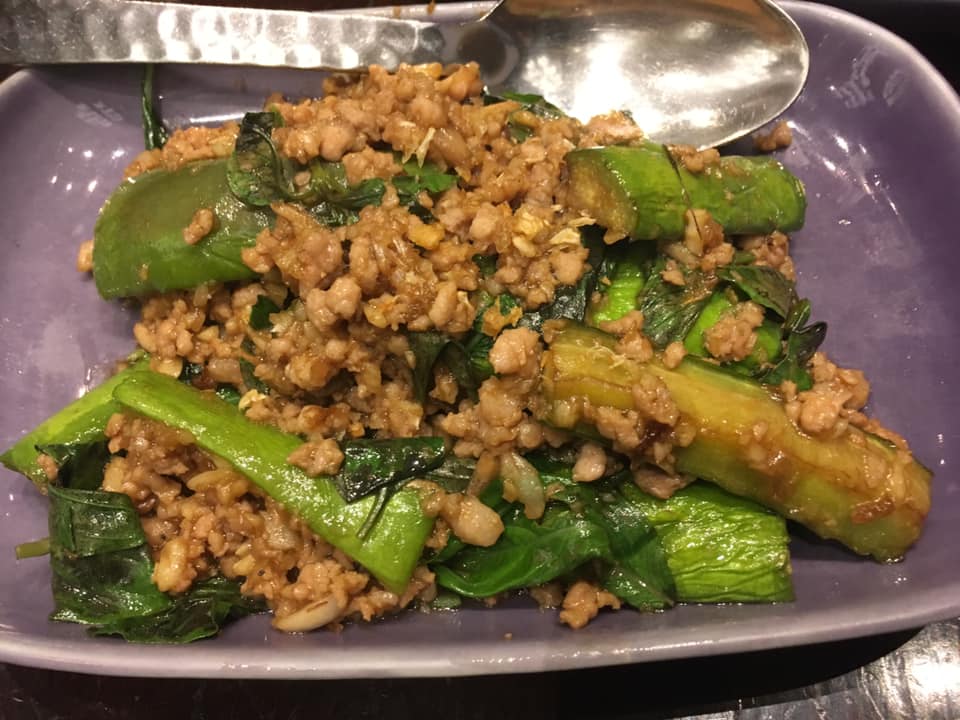
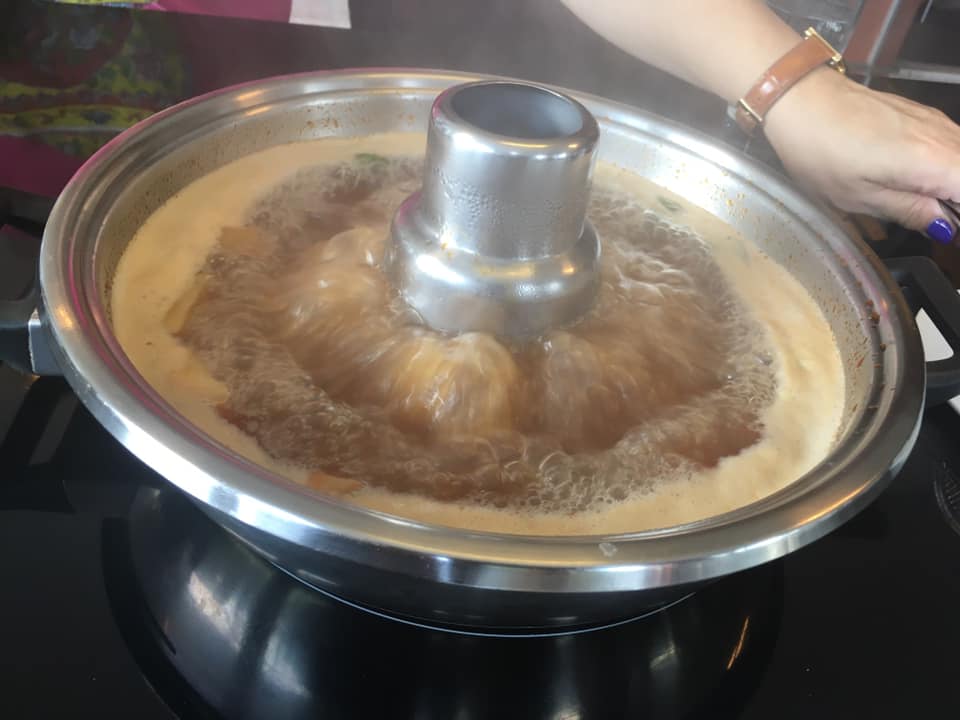
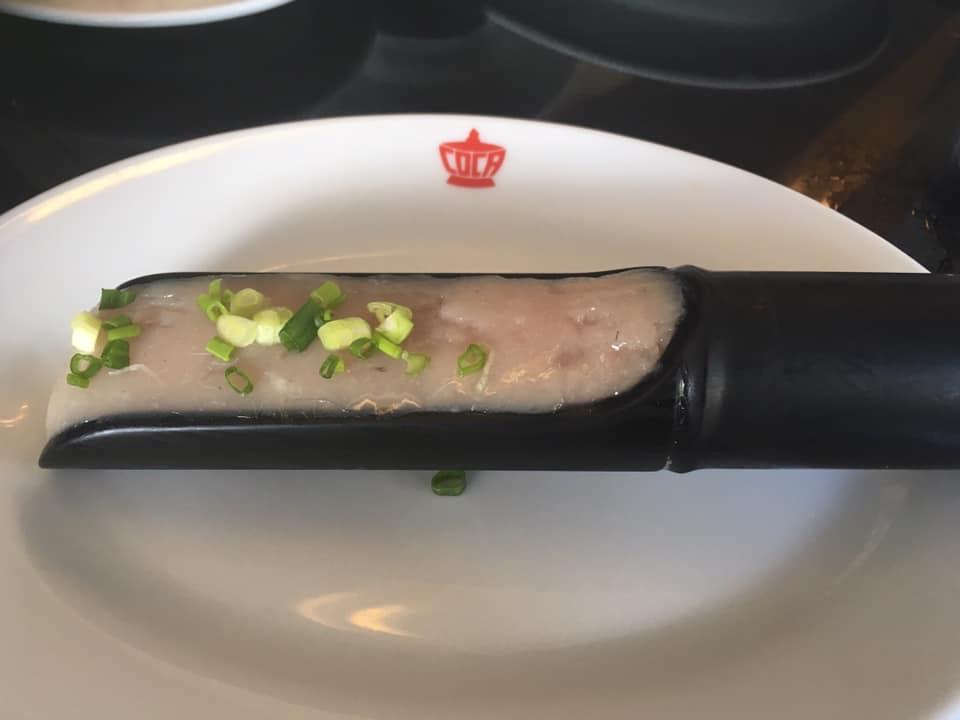
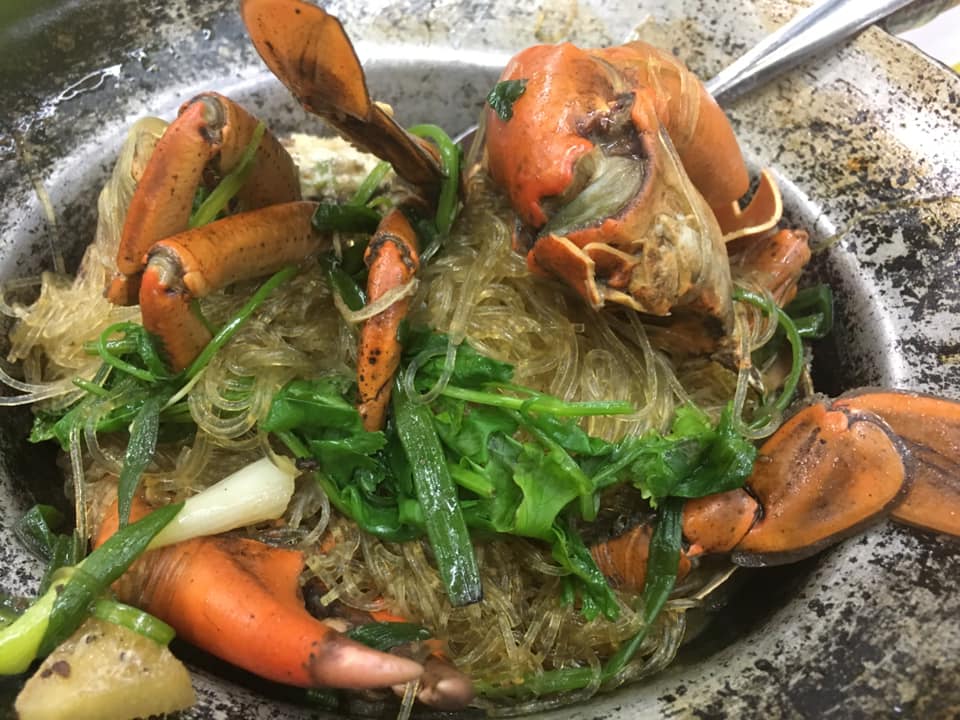
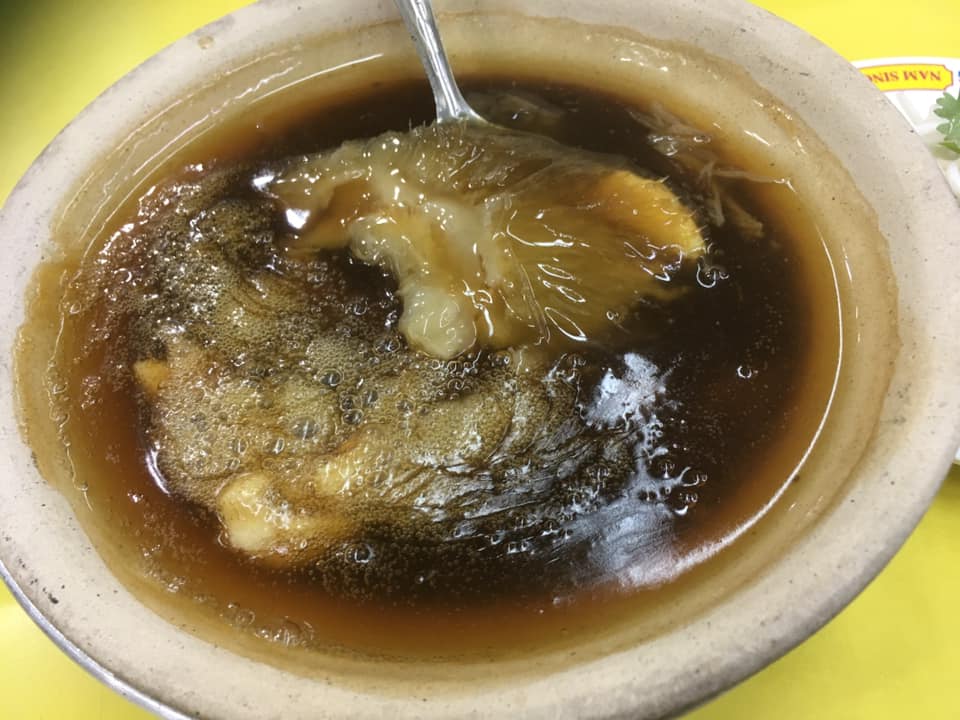
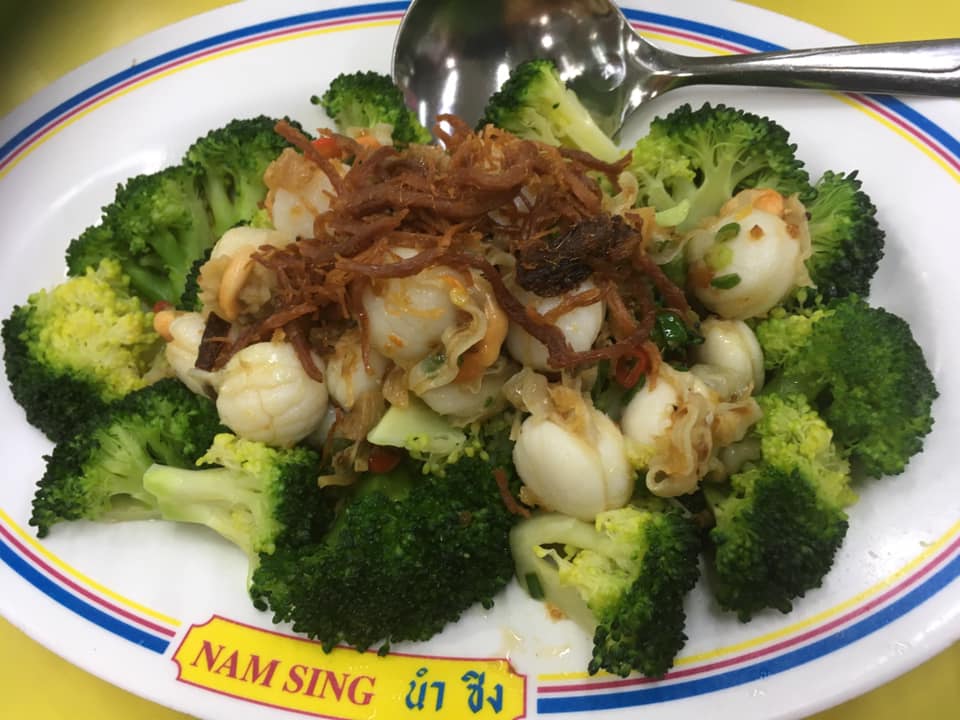
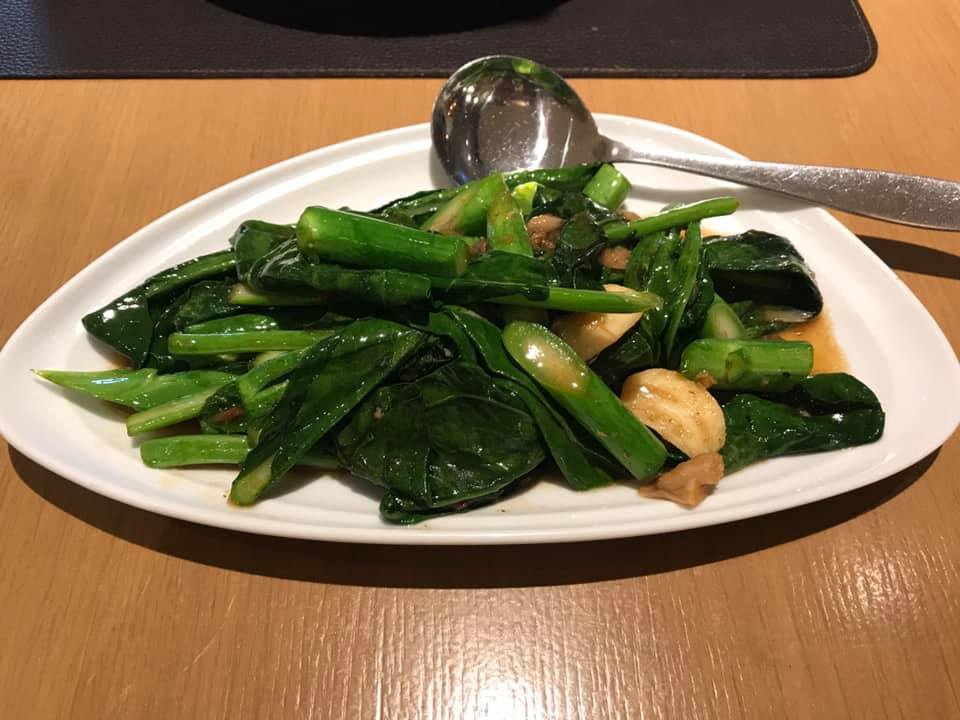
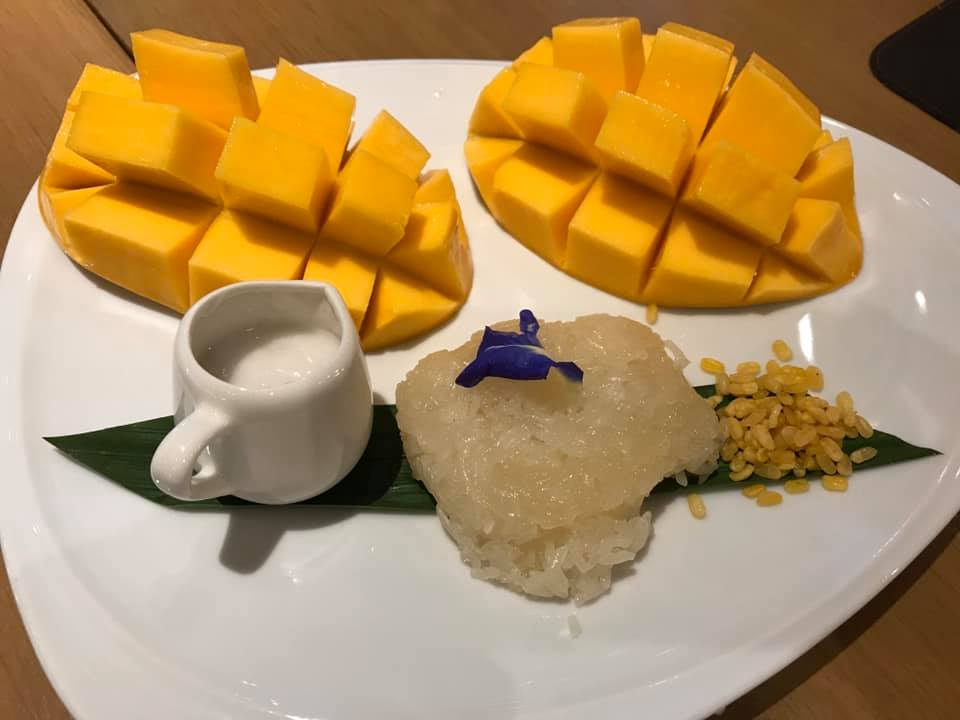
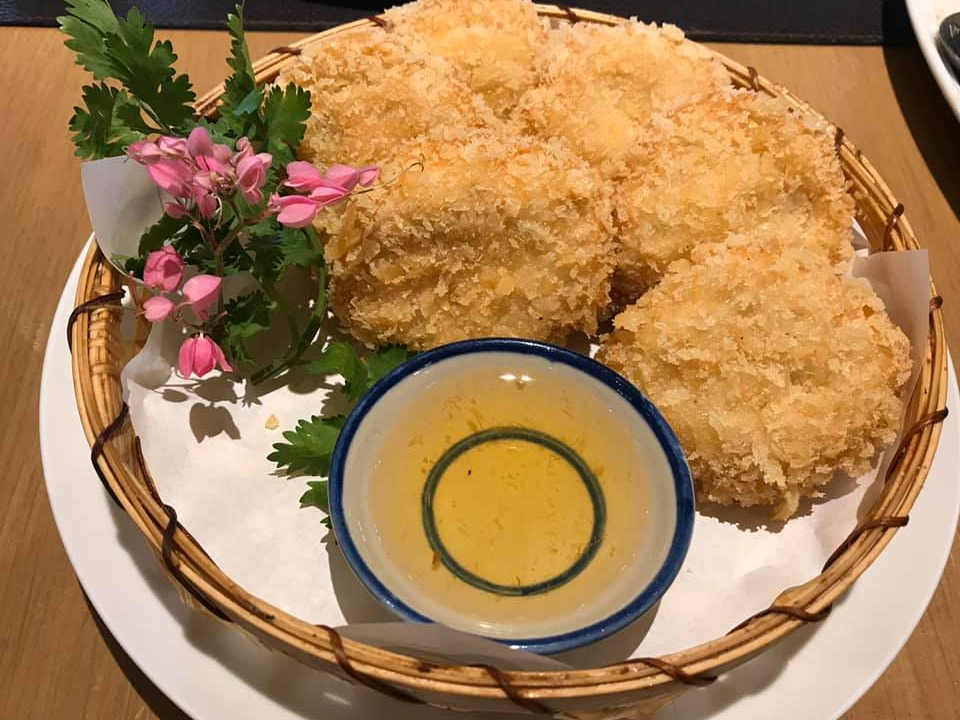
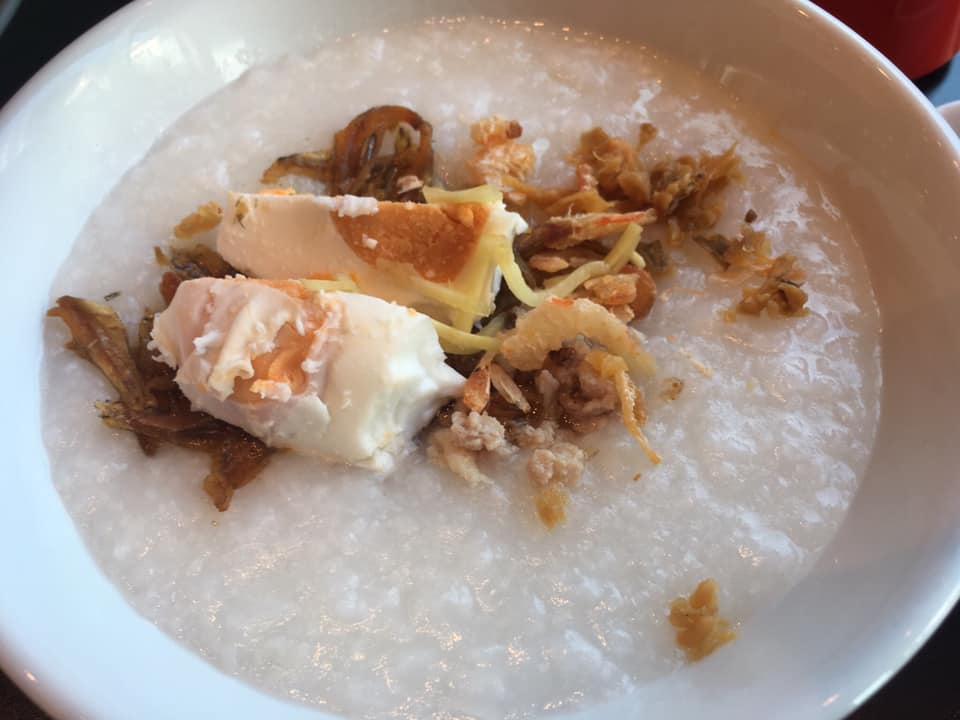
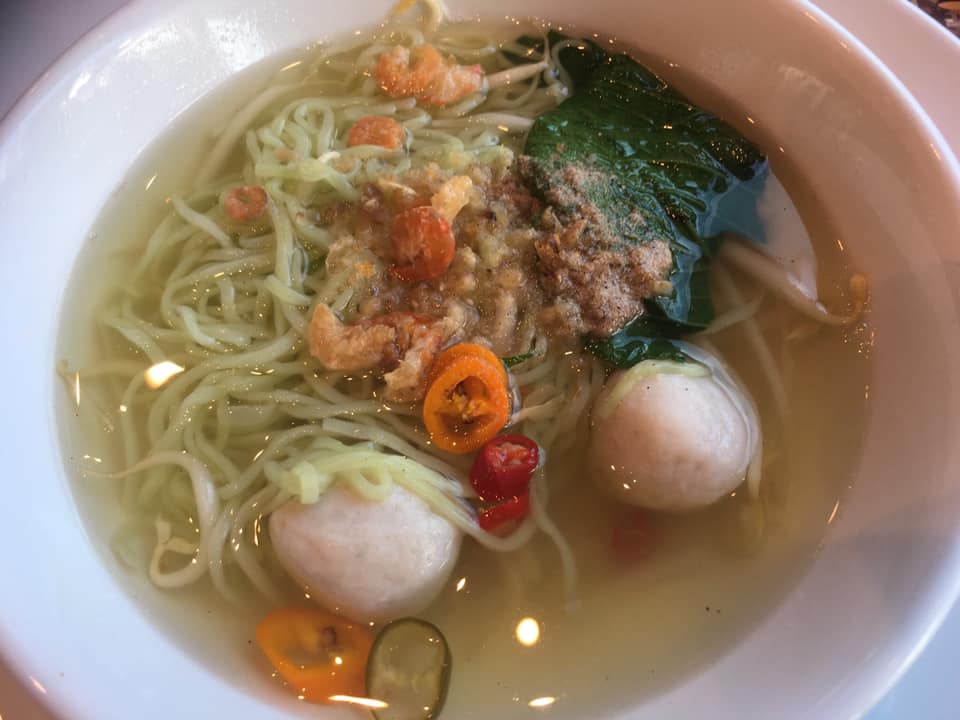
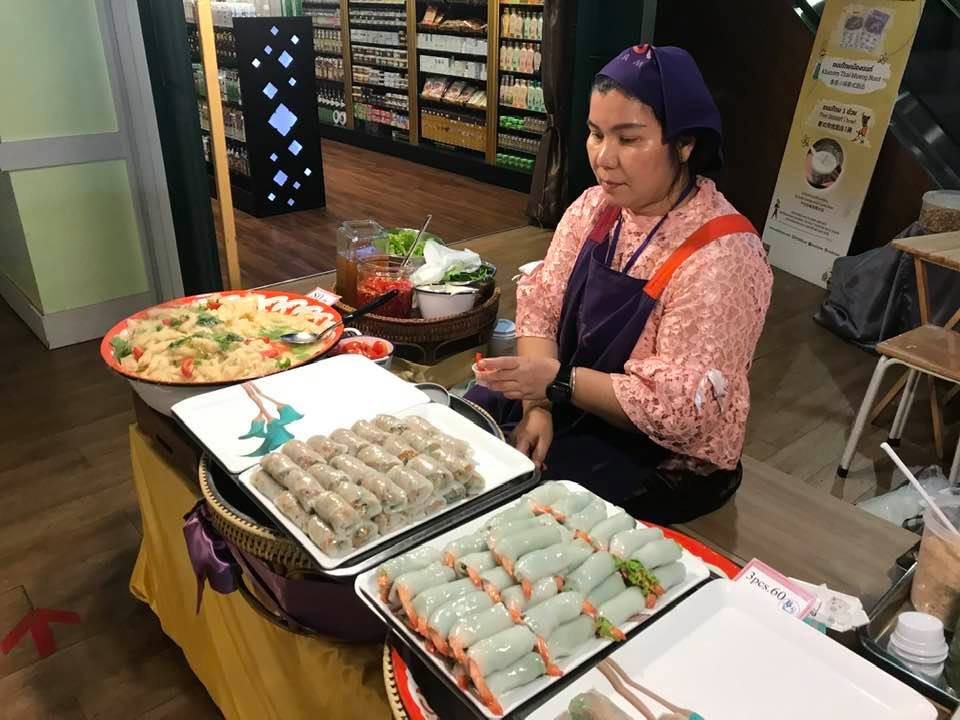
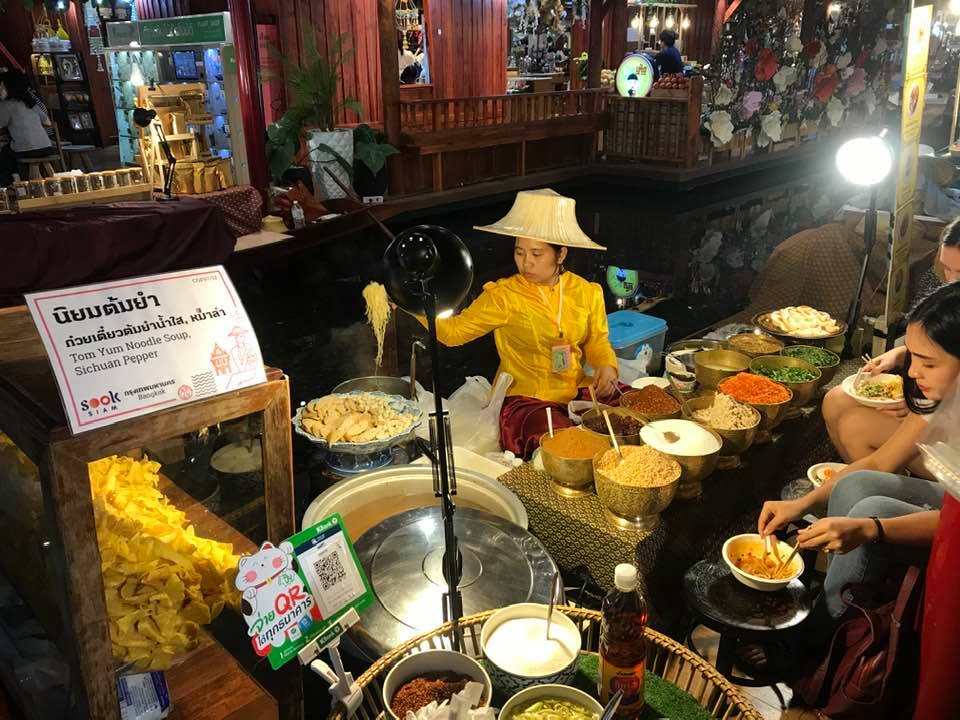
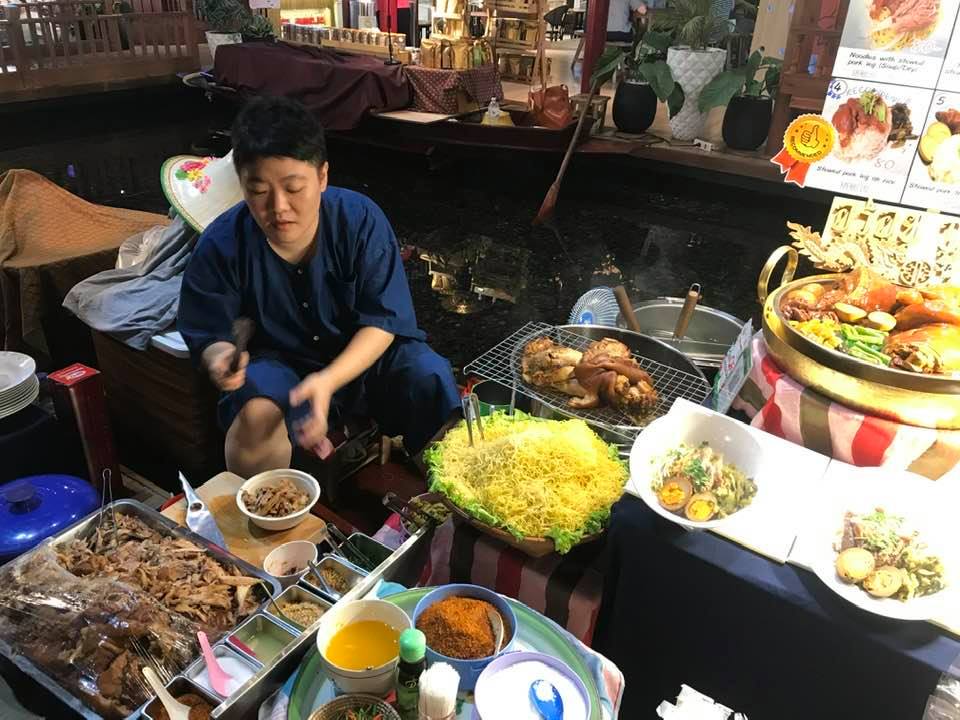
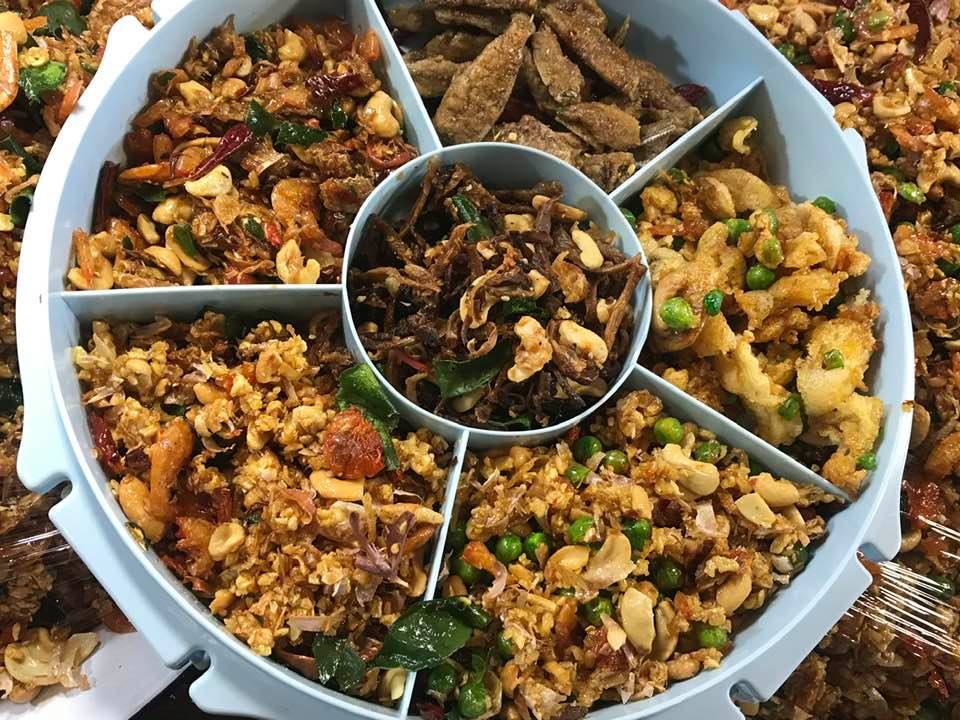
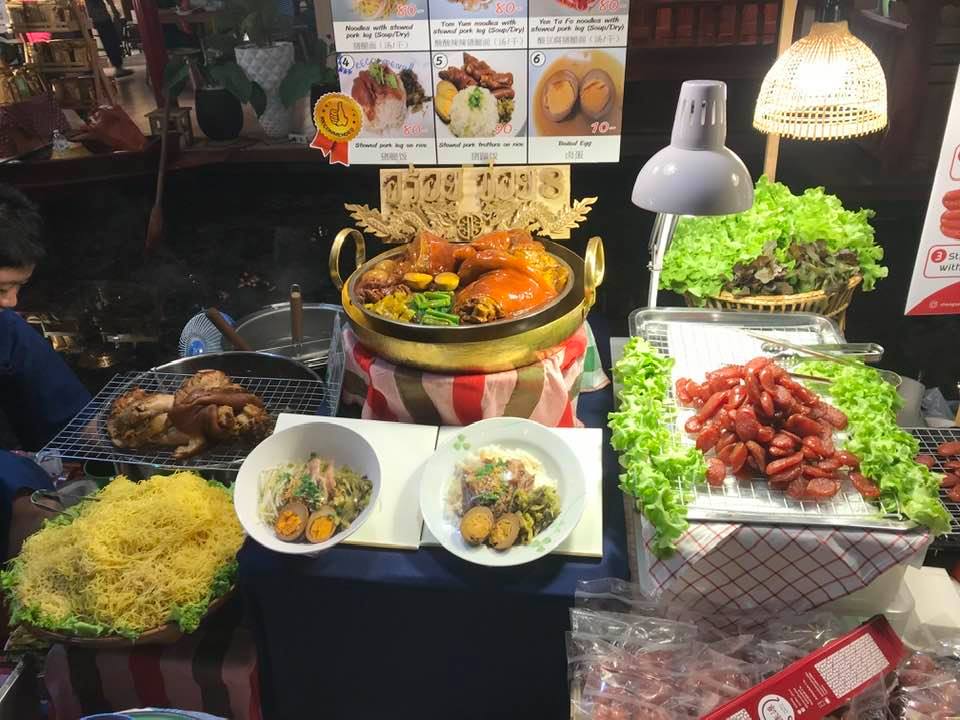
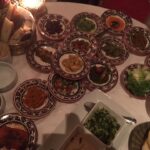
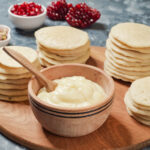
Wow, superb weblog layout! How long have you been running a blog for? you make running a blog glance easy. The overall look of your web site is wonderful, as neatly as the content material!!
Thank you for your kind comments. Best Regards, Eleanor